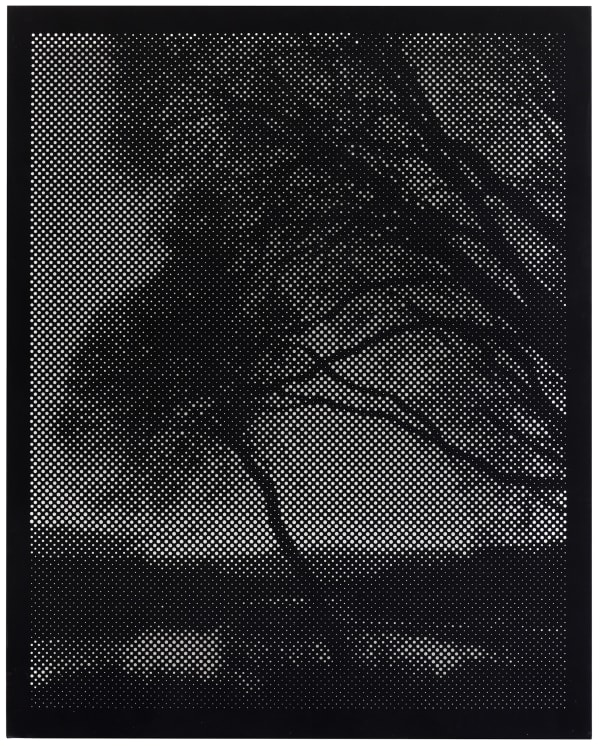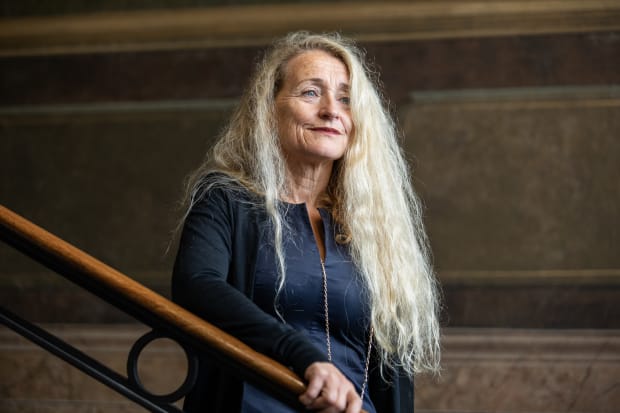-
ANNE-KARIN FURUNES IN CONVERSATION WITH MAARETTA JAUKKURI ⎜ ARS FENNICA 2021 AWARD NOMINEE VIDEO
by the The Henna and Pertti Niemistö Art Foundation
-

The atelier of Anne-Karin Furunes
photo: Alf Ahren Jæger -
I regard the surface of a painting as a membrane for light; images and paintings are creating porous situations.
It is like something in process of evaporating, like breathing.
-

Anne-Karin Furunes, Cumulus I, 2022
-

photo: Petra Kotro









